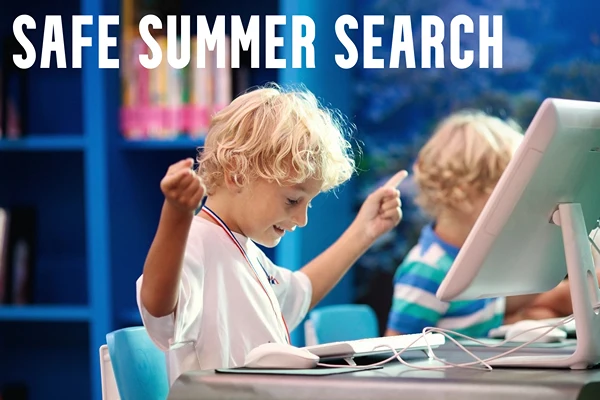5 Tips to Get a Grade 9 in GCSE Spanish – From a Trusted Online GCSE Spanish Tutor
In this article, I’m going to break down the main tips for achieving a Grade 9 in GCSE Spanish. Reaching this top grade isn’t about natural ability – it’s about having the right strategy. Whether you’re aiming for a Grade 9 or just looking to pass, you’re in the right place.
I’ll share top tips, recommended resources, and effective revision habits to help you succeed.
1. Vocabulary Is Everything in GCSE Spanish
Your vocabulary bank is the foundation for success in both the verbal and written components.
- Use Quizlet Smartly: Create vocabulary packs for each module, especially focusing on difficult words that appear in past papers.
- Follow the Specification: This may sound obvious, but make sure you know your exam board—AQA or Edexcel. Go through the required vocabulary and learn it thoroughly. I will attach the specifications here so it is easy to look through them: AQA Specification or Edexcel Specification
- Spaced Repetition: Test yourself weekly. Regular spaced practice beats last-minute cramming, which simply doesn’t work.
- Group Words by Theme: Organise vocabulary by topics such as “sports” or “holidays” to make it easier to digest.
HOT TIP: Change your phone language to Spanish and watch Spanish YouTube videos to absorb vocabulary in context—a key skill for achieving a Grade 9.
2. Writing Like a Pro
- Pre-Write Model Paragraphs: Look at past paper questions and prepare paragraphs on common topics. Adapt them in your exams.
- Golden Phrases: Memorise impressive set phrases like “Si tuviera la oportunidad…” and “Desde hace…”.
- Grammar Checklist: Write out a list of tenses and complex structures you need to include.
- Peer Review: Ask native speakers to check your writing—or consider working with an Online GCSE Spanish Tutor. Tutors at The Degree Gap offer professionalism, flexibility, and deep subject expertise.
3. Speaking Preparation
- Reuse Writing Content: Many high-achieving students reuse writing content in speaking tasks and vice versa. It saves time and reinforces key vocabulary.
- Pronunciation Practice: Use Quizlet audio, YouTube (try “WOW phrases” videos), and language apps to hear native pronunciation.
- Practice Out Loud: Recite answers and key questions regularly to build fluency and confidence.
4. Mastering Grammar
Without grammar, vocabulary has no structure.
- Focus on Key Tenses: Present, preterite, imperfect, future, conditional, and subjunctive.
- Use Flashcards: Create flashcards for each tense and review them aloud every day.
5. Exam Technique
Marks are often lost not because of poor Spanish—but due to poor exam technique. Here are some essential tips:
- Answer Everything: Never leave a question blank. Even a guess gives you a chance of earning marks.
- Highlight Key Phrases: Underline time markers, negatives, and descriptive words to help guide your answers.
HOT TIP: Think of languages as a marathon, not a sprint. The best students revise little but often and find ways to enjoy the subject—whether through music, sports, or film—using their interests to drive their Spanish learning.
Final Thoughts.
If you’re looking for extra support in languages, we offer expert tutoring across all GCSE language subjects. While this article highlights our Online GCSE Spanish Tutors, we also provide exceptional Online GCSE French Tutors, Online A-level French Tutors, and Online A-level Spanish Tutors,. Every tutor we work with is carefully selected not only for their academic credentials but also for their ability to connect with students and build real confidence.
What I love most about running a tutoring company is seeing the tangible impact our support has on young people’s lives. We open doors that at some point were unrealistic. This is shown in our 50+ 5 Star Reviews. If you have any questions, please get in touch!









